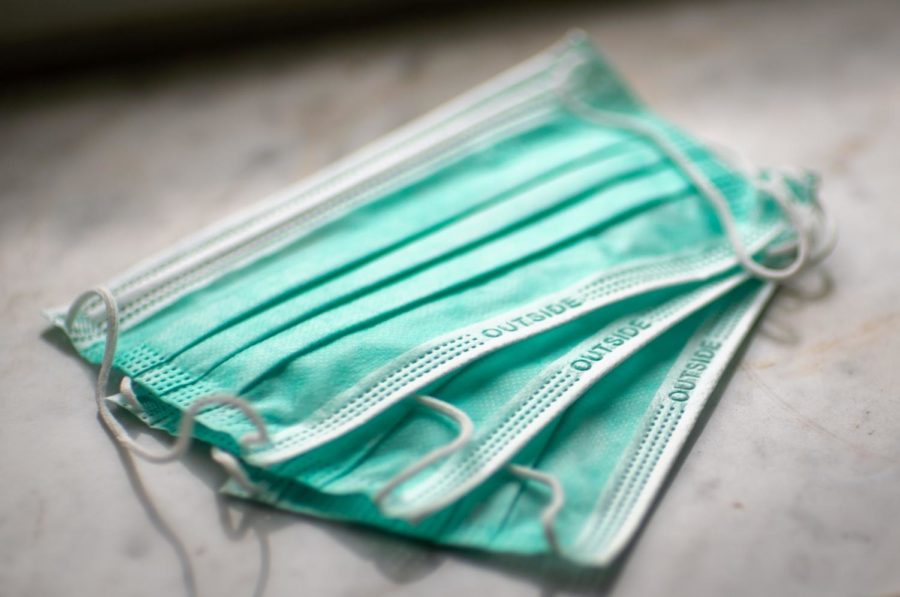Students Face the Delta Variant
September 6, 2021
With a high fever of 101 degrees, a sore throat, and chills all over their body, the tired Miramonte student could only wait for their dreaded test result from the lab to come back.
As many schools begin to reopen fully in-person, students still face the risk of the delta variant. The delta variant is “2 [times] as contagious as previous variants,” the Centers for Disease Control and Prevention (CDC) said. This can prove especially dangerous as students aren’t required to wear masks outdoors. As a result, the variant can spread quickly across the school. Even if students are vaccinated, the delta variant poses a threat; according to CDC and Yale Medicine, vaccines only reduce delta variant risk by “two-thirds” whereas it provided a “91.3% efficacy” before. Moreover, the delta variant “doubles the risk of Covid hospitalization” according to The Guardian, which can be a serious threat to students if they contract the variant. As researchers uncover more information on the contagious virus, Yale Medicine found that “Delta was the cause of more than 80 percent of new U.S. COVID-19 cases.” In only two weeks of school, Miramonte already faced two positive COVID-19 cases. The future state of the school now depends on how the delta situation plays out.
The school administration is keeping a close eye on the evolving COVID-19 situation. “Let’s try to mitigate the risk by making sure we’re doing a good job with masks. That’s a key part of the plan. This way, other people aren’t exposed, right, and we need to communicate well. In the end, nobody wants to go down that road and have to close, or go hybrid,” Principal Ben Campopiano said.
Currently, the school protocols are set in place to deal with students that test positive. “If people are vaccinated, and if they are masking and asymptomatic, they can still come to school. If they’re unvaccinated, they can still come to school after modified quarantine,” Campopiano said. As for contact tracing, students who are considered ‘contacts’ will be monitored. “Positive cases among students and staff will result in robust contact tracing. Contacts are considered individuals who are within 6 feet for a cumulative 15 minutes over a 24 hour period,” Superintendent John Nickerson said.
One thing is certain: the future remains unclear. The administration plans to do its best to keep the school open and continue to operate. However, the administration is also aware of its current circumstances. “If cases start to spike in the Bay Area, that could impact us or our school district. But ultimately, a decision like that [to stay open or go hybrid] would need to be worked in collaboration with the other principals in our district, the district office, the superintendent, and the Board of Education,” Campopiano said.
The fully in-person school offers an opportunity for students to see their friends and teachers again. However, some students are taking the new risk of the delta variant into consideration. Either they can stay safe in distance learning, or they will continue to stay at school but be forced to risk exposure. “I do want to continue to stay in school and see my friends every day. But with the new variant, if [cases] rise to a point where it is unsafe for us to be at school, we should go back online,” junior Jonah Azevedo said.
After much anticipation, the test result finally comes back. To the student’s dismay, the result reads positive. With the update from the student, the school administration began its protocol in contact tracing to minimize further risk. “If the school follows the correct procedures, and we continue to wear our masks, we can be safe and continue to learn in-person together,” junior Luke Duncan said.







